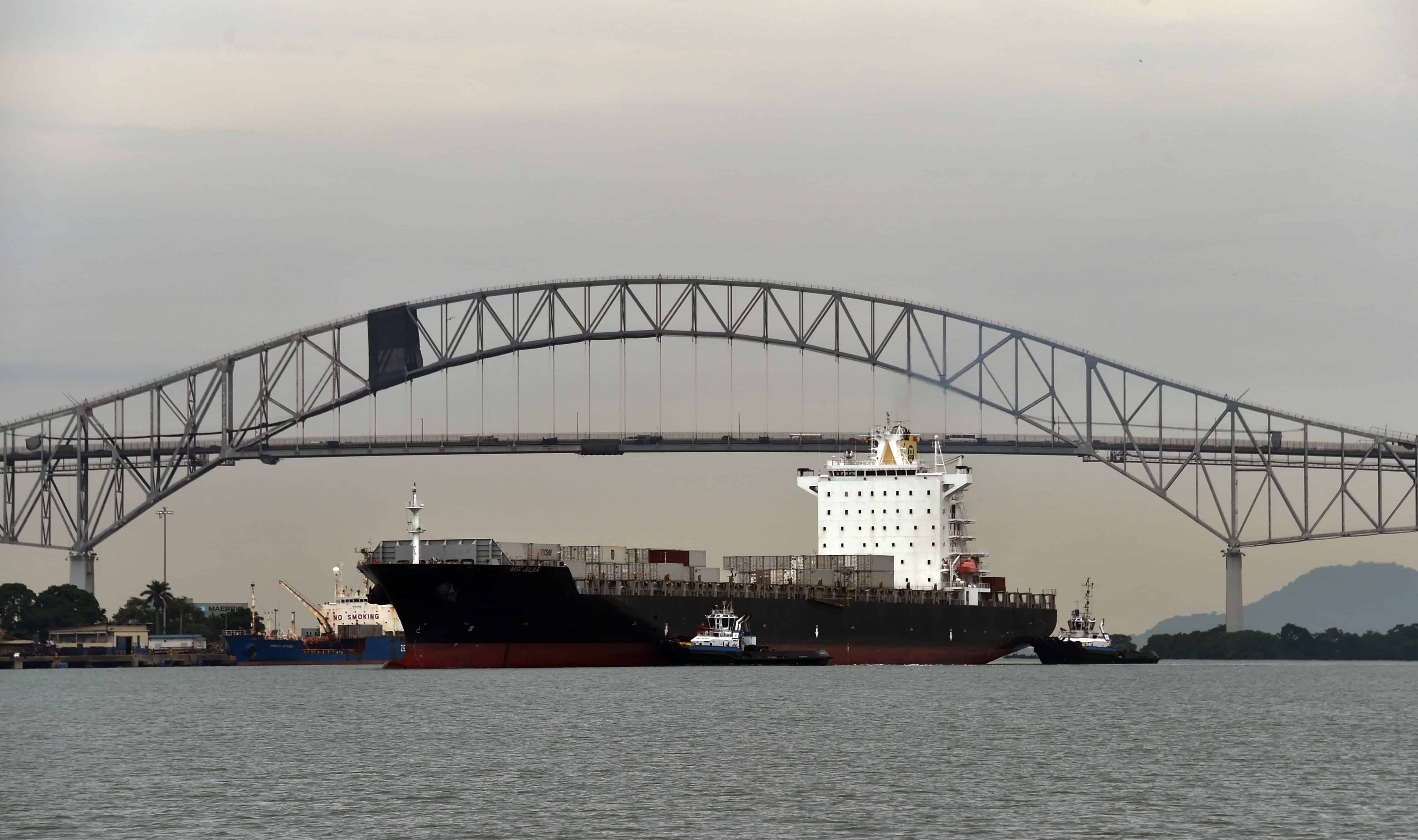The Panama Canal celebrates the 100th anniversary of its opening Friday, facing growing competition but still regarded as a crowning achievement of 20th-century engineering. Here are some key facts and figures about the engineering marvel:
Key dates:
1881-1888, 1894-1898: Construction begun under French leadership.
1904-1914: The United States continue and complete the canal.
1977: U.S. President Jimmy Carter and his Panamanian counterpart Omar Torrijos sign a treaty to cede U.S. control of the waterway to Panama.
December 13, 1999: Panama takes ownership of the canal.
January 2016: Target completion date for expansion project to triple the canal’s capacity.
Key figures:
-14,000 ships and 280 million tons of merchandise cross the canal annually.
-Five percent of world maritime traffic uses the Panama Canal.
-80 kilometers (50 miles): length of the canal.
-26 hours: time necessary to cross the canal, including wait times. Without wait, eight to 10 hours.
-26 meters (85 feet): the difference in altitude between the highest point of the canal and sea level.
-60 centimeters (23 inches): space separating the hull of a Panamax vessel — the largest the canal can currently accommodate — from the bank during passage through its narrowest locks.
-Key routes served by the canal: Asia — east coast of the United States; Europe — west coast of the United States and Canada; east coast of the United States — west coast of Latin America.
-Top users of the canal: United States and China.

